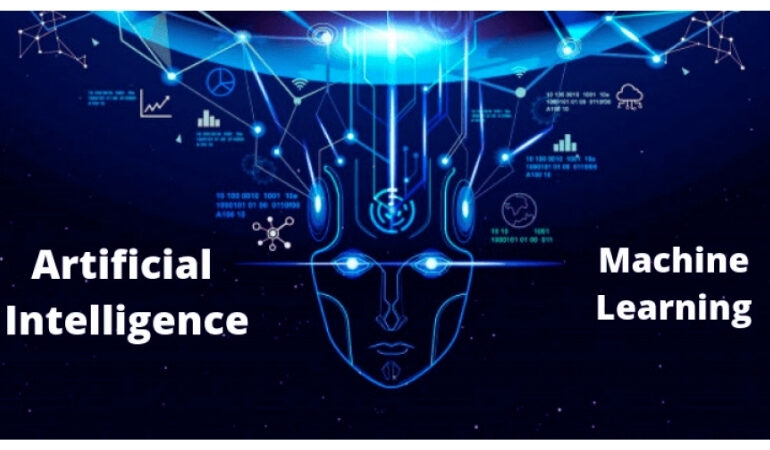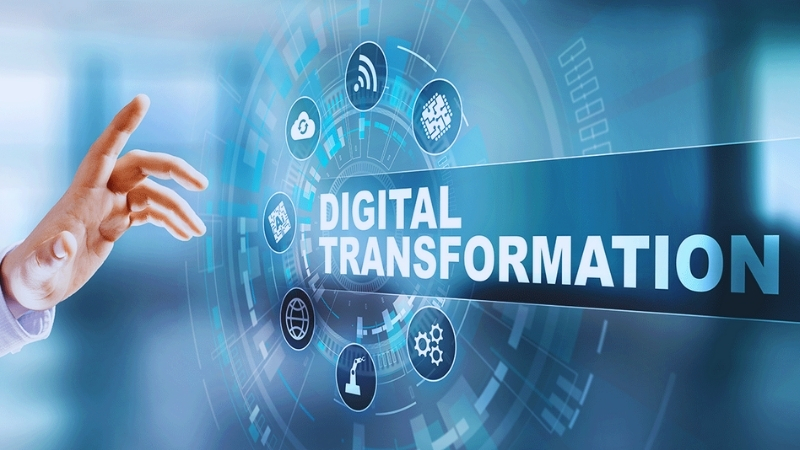Artificial Intelligence (AI) and Machine Learning in India: A Growing Landscape

Artificial Intelligence (AI) and Machine Learning (ML) have rapidly emerged as transformative technologies, revolutionizing various industries and driving innovation across the globe. India, with its large pool of skilled talent and growing technological infrastructure, has witnessed significant advancements in AI and ML adoption. This article provides an overview of the current state of AI and ML in India, highlighting key trends, applications, and challenges.
Key Trends in AI and ML in India
- Government Initiatives: The Indian government has recognized the potential of AI and ML and has taken proactive steps to promote its development and adoption. Initiatives such as the National Artificial Intelligence Mission (NAIM) aim to foster research, development, and deployment of AI technologies.
- Growing Startup Ecosystem: India has witnessed a surge in AI and ML startups, many of which are developing innovative solutions for various sectors. These startups are contributing to the overall growth of the AI ecosystem in the country.
- Focus on Natural Language Processing (NLP): India’s diverse languages and rich linguistic heritage have made NLP a significant area of focus for AI researchers. Advancements in NLP are enabling applications such as language translation, sentiment analysis, and chatbot development.
- Healthcare Applications: AI and ML are being leveraged to improve healthcare outcomes in India. Applications include medical image analysis, drug discovery, and personalized medicine.
- Agricultural Technology: AI-powered solutions are being used to address challenges in agriculture, such as crop monitoring, yield prediction, and precision farming.
Applications of AI and ML in India
- Financial Services: AI and ML are transforming the financial services industry through applications such as fraud detection, credit scoring, and algorithmic trading.
- E-commerce: AI-powered recommendation engines, chatbots, and image recognition technology are enhancing the customer experience in e-commerce.
- Manufacturing: AI and ML are being used for predictive maintenance, quality control, and supply chain optimization in manufacturing.
- Education: AI-powered personalized learning platforms and intelligent tutoring systems are revolutionizing the education sector.
- Transportation: AI is being used for autonomous vehicles, traffic management, and logistics optimization.
Challenges and Opportunities
Despite the significant advancements, the adoption of AI and ML in India faces certain challenges:
- Data Privacy and Security: Ensuring data privacy and security is crucial for the ethical and responsible use of AI.
- Talent Shortage: There is a growing demand for AI and ML professionals, but the supply of skilled talent may not keep pace.
- Infrastructure Limitations: Access to high-quality computing infrastructure and data centers is essential for AI and ML research and development.
However, these challenges also present opportunities for growth and innovation. By addressing these issues, India can position itself as a global leader in AI and ML.
Conclusion
AI and ML are playing a pivotal role in driving innovation and efficiency across various industries in India. The country’s growing startup ecosystem, government initiatives, and focus on key areas such as NLP and healthcare are contributing to its advancements in AI. While challenges such as data privacy and talent shortage need to be addressed, the potential for AI and ML in India is immense. By leveraging these technologies, India can unlock new opportunities for economic growth and social development.








